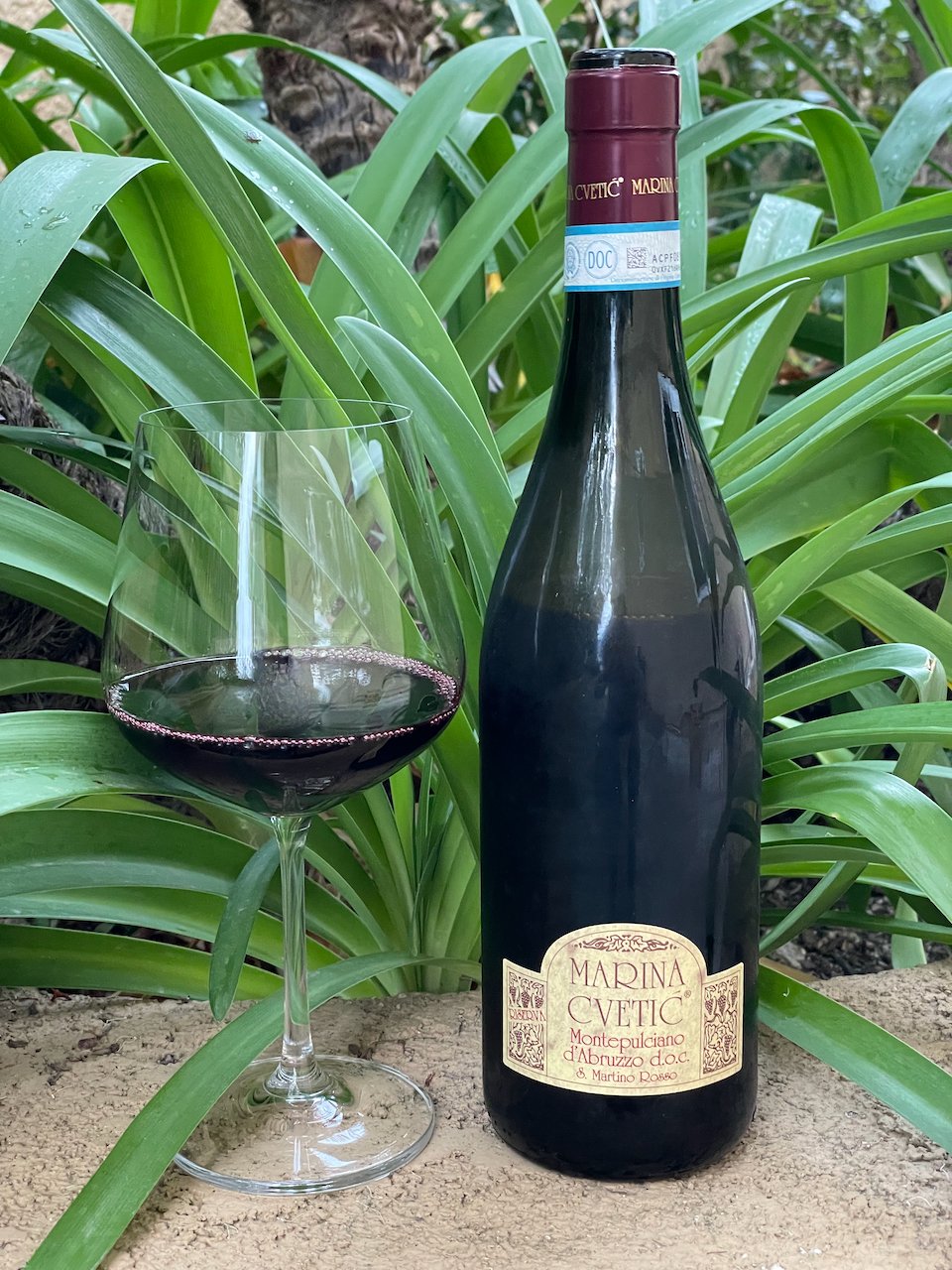2021 Jump Mountain Livia Red Blend ($27)
From the Shenandoah Valley AVA, Jump Mountain Livia red blend is an award winning wine having tied for 3rd in the Shenandoah Cup Awards!
Approved in 1982 as Virginia’s first American Viticultural Area, the Shenandoah Valley AVA is located in the Appalachian region of the eastern United States covering the land along the western edge of Virginia and spilling into the easternmost portion of West Virginia.
Bounded by the Blue Ridge Mountains to the east and the Allegheny Mountains to the west, these two ranges create a specific mesoclimate for the valley between them, which itself ranges from 500 to 1,800 feet above sea level, protecting it from storms from the west and rain-bearing winds blowing in from the Atlantic coast, 100 miles east.
Protected by the sandstone knob of Jump Mountain, the micro-climate and soils found at Jump Mountain Vineyards create conditions conducive to growing vinifera grape varieties.
This Jump Mountain Livia Red Blend is produced from 60% Refosco, 20% Cabernet Franc, 15% Lagrein and 5% Sagrantino. This wine is deep ruby in color with aromas of red fruit, some smoke from the Lagrein and Refosco and a bit of earthiness. On the palate, this full-bodied wine has nice juicy fruit flavors of red cherry and raspberry. The 2 gm/L of residual sugar give the fruit flavors a pop. The fruit flavors on the finish are quite nice. Overall, this was a surprisingly good red blend!
Jump Mountain Vineyards states that this wine is named for Livia Drusilla Augusta (58 BC - 29 AD), wife of Augustus Ceasar, who proclaimed that Refosco was her favorite wine!
This is a really nice red blend at a very affordable price and this week’s Behind the Cork™ Wine of the Week. Cheers!
Disclosure of Wine Sample Submission: I received this sample at no cost for review. The opinions expressed are entirely my own.
Media Sample Provided by Jump Mountain Vineyards via the Shenandoah Valley Wine Growers Association and Donna White Communications






